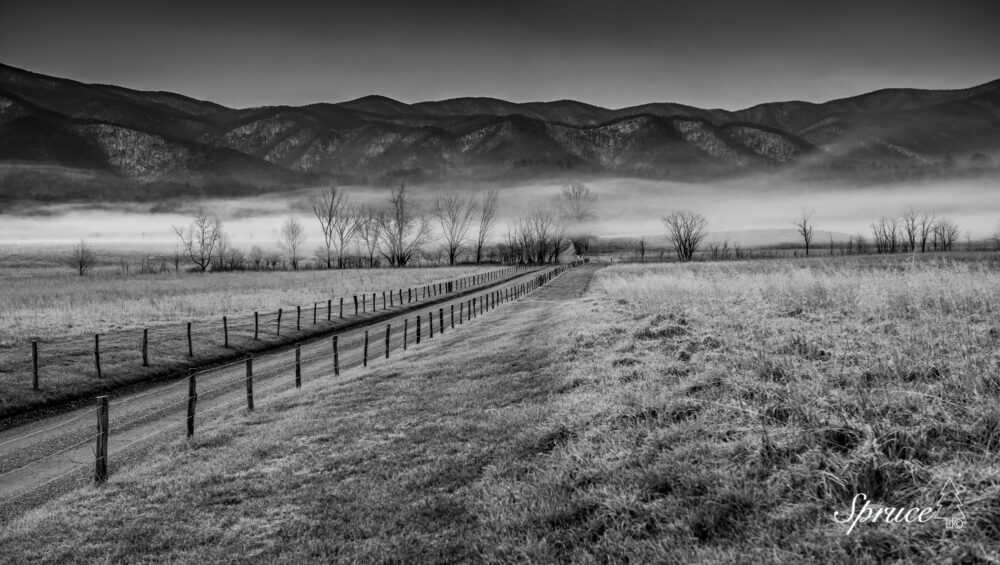Have you ever looked at an image that grabbed your attention and held your interest as you gazed at it? Did you wonder how the artist went about creating that visual experience? There is a good chance that some basic rules of composition were used in creating the image. In addition to knowing how to use your camera, learning a few basic composition techniques will greatly improve your images. We will cover 4 quick tips to improve composition in your photography:
- Rule of Thirds
- Leading Lines
- Color Bokeh
- Natural Framing
1. Rule of Thirds
The “rule of thirds” refers to dividing an image into thirds horizontally and vertically. Placing subjects or strong lines of an image at the intersection points of the lines or along the lines themselves creates a balanced, visually pleasing composition.
Compare the two images below. In the first image, you will notice that the subject is placed according to the rule of thirds. Also, the lines of the rocks and mountains are roughly dividing the image into thirds. In the second image, the subject is more centered. The first image is more visually pleasing and has a more dramatic feel.
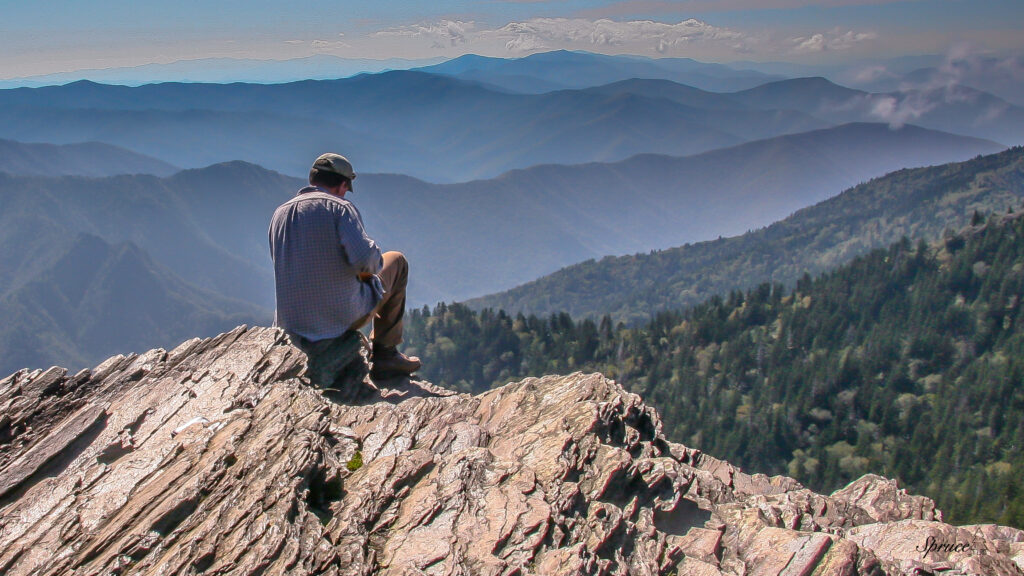
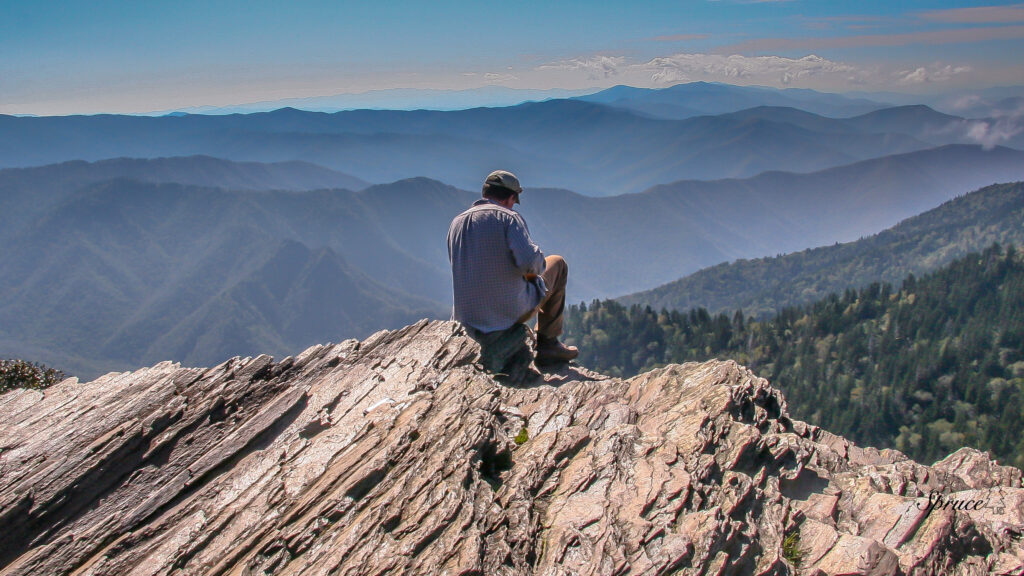
2. Leading Lines
Leading lines are lines in an image that lead the viewer’s eyes from one part of the image to another. Frequently the line or lines will lead towards the main subject or focal point of the image. Leading lines in landscape photography add depth and perspective to an image making a scene more three dimensional.
In this black and white image of Hyatt Lane in Cades Cove, notice how the leading lines of the fence and the road lead you into the field towards the mountains. The leading lines draw your eyes into the image creating a sense of depth and perspective. Also, note how the rule of thirds is utilized in the scene.
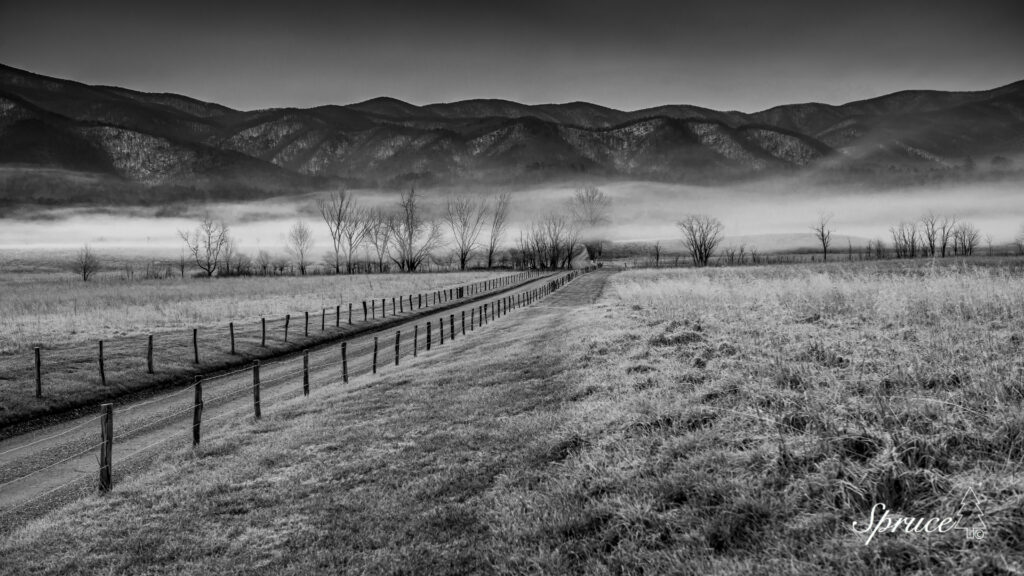
3. Color Bokeh
Bokeh refers to the out-of-focus areas of an image. Bokeh can be used to create a pleasing background effect for subjects. It can result in an image where the subject appears to pop off the page. The basic technique for creating bokeh is to be as close to the subject as possible with the background at a significant distance and shoot with a shallow depth of field (large aperture). It is also important to pay attention to the colors, highlights, and shadows of the background to ensure optimal placement of the subject.
Notice how in this image of a ruby-throated hummingbird sipping nectar from a jewelweed blossom the background is blurred creating a soft, complementing background to the bird. The bird and flower appear almost 3-D.
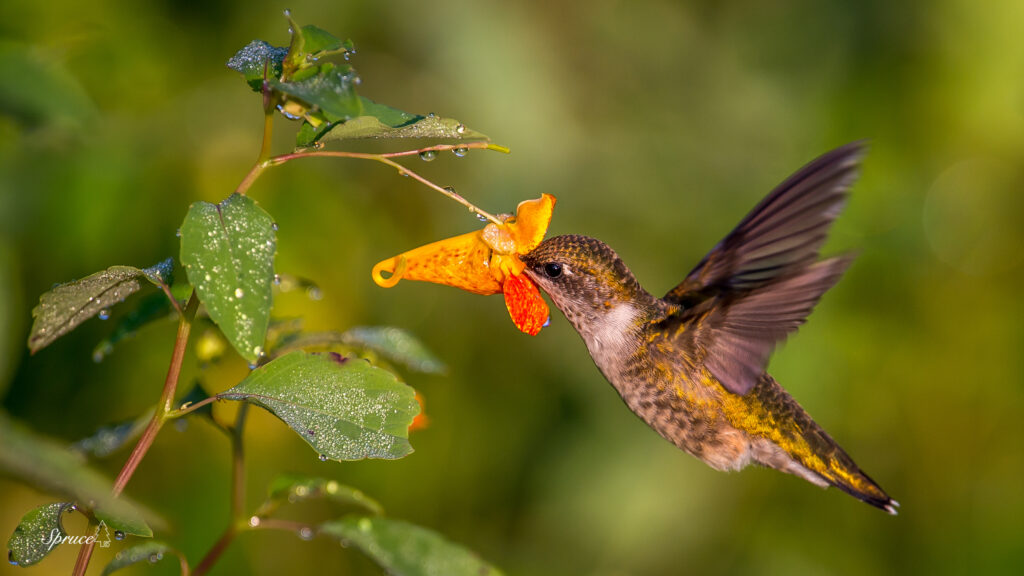
4. Natural Framing
Natural framing is when an element within the image such as tree branches or an architectural element frame the subject of the image. This draws the viewer’s eyes into the photo and serves to highlight the subject. Natural framing creates a strong composition emphasizing the subject.
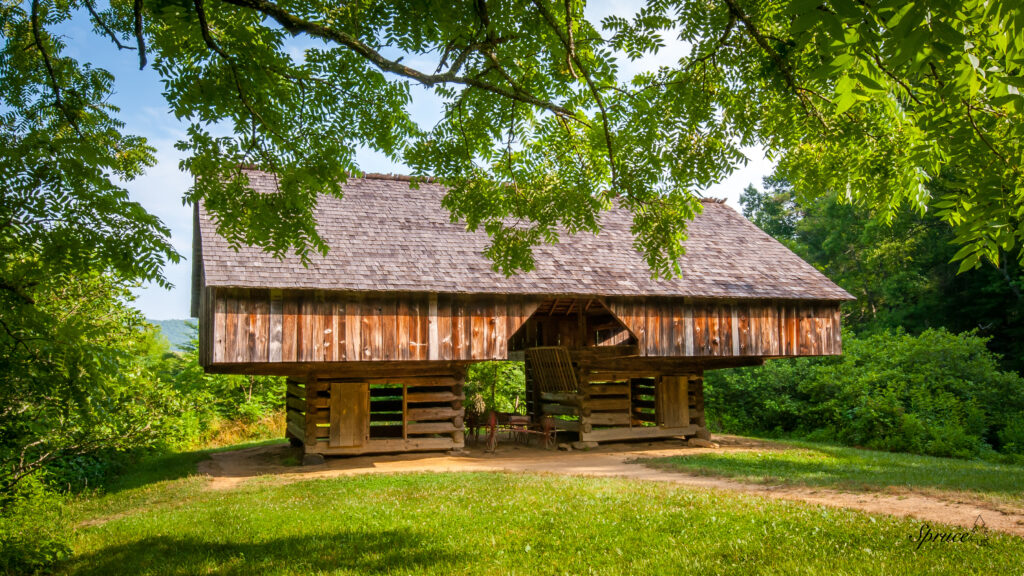
In this barn image of the cantilever barn in Cades Cove, notice how the walnut tree in the foreground is used to frame the subject. The eyes are drawn into the center focal point of the picture.
Lastly, keep in mind when composing your photographs in the field to leave room in your image for later cropping during post processing. When reviewing your images, you often will see a way to compose an image that you did not see when shooting it. So having room in the image to crop it will be important. With a little practice these compositional techniques will become second nature when you are viewing a scene and will improve your photography.
